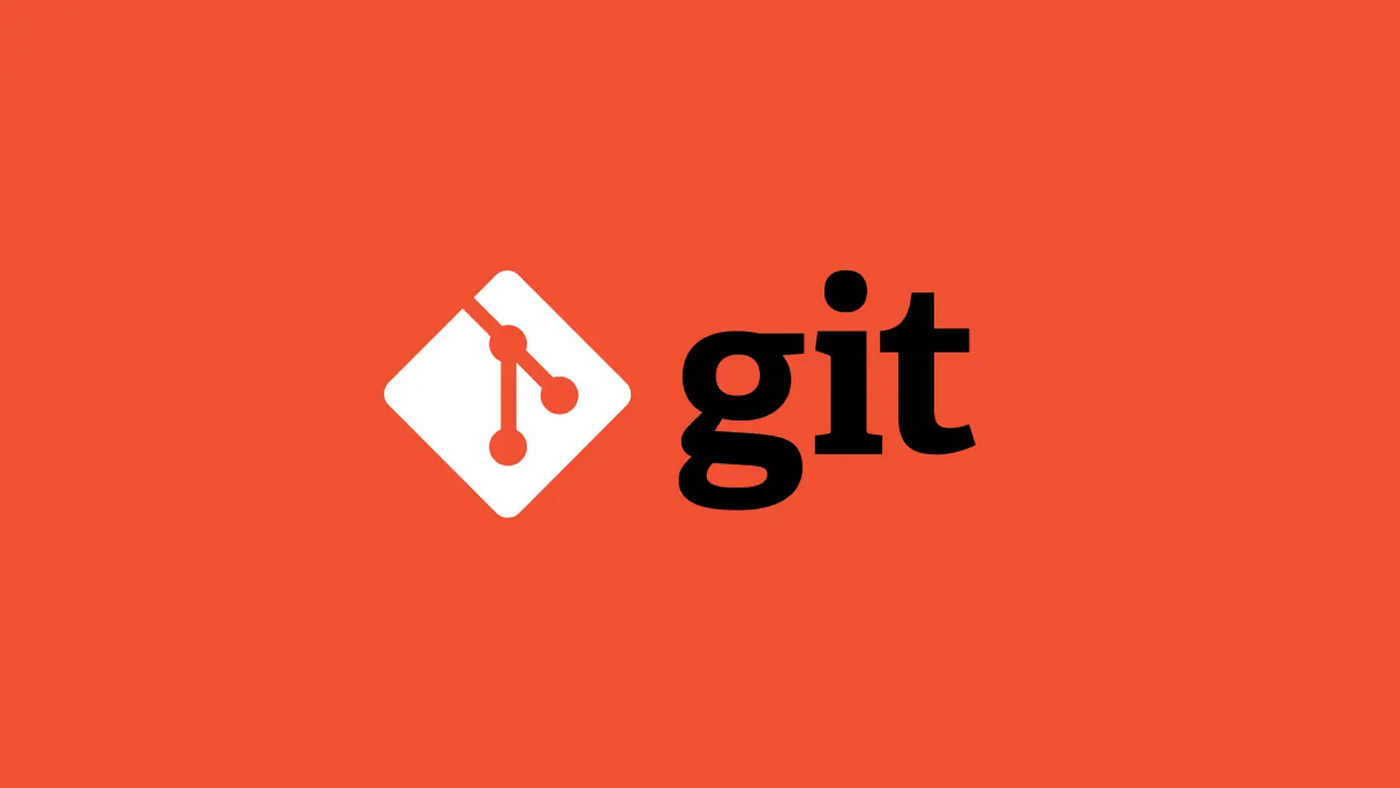Fetch: It fetches updates from a repository, a central one and syncs them with the local repository without altering the working directory. In essence it fetches the updates from the remote repository and aligns them with the local data.
Merge: It brings together two or more branches. When a merge occurs the modifications, from two branches are merged into one branch.
Branch: It serves as an area dedicated to exploring project evolution avenues. This space is utilized for incorporating functionalities or resolving issues apart, from the branch.
Commit: Saves the updates to the storage. A “commit” signifies an alteration made to the project. Is traceable.
Pull; When you pull changes, from the repository they get integrated into your branch. This process involves two steps. Fetching to get the changes and then merging them with your branch.
Push: When you make changes it sends those modifications from your computer to the repository. This means it transfers your updates to the repository and distributes them.
Repository: It’s a spot where project documents and past records are kept. Typically its situated on a server or a hosting platform.
Clone: It duplicates all documents and past activities from a storage source. Saves this replica onto a personal computer.
Rebase: Merge a branch with the conclusion of another branch or a particular commit. This enables you to adjust the records and maintain a seamless record of commits.
Stash: Keeps track of modifications, in the folder. This comes in handy when you’re, in the midst of a project and need to shift focus or preserve alterations on a branch.
Tag: A flag is a symbol that signifies a commit and is commonly linked to an identifier like a version number or release title. It serves the purpose of labeling and issuing versions.
Pull Request (PR): A plea to integrate modifications, from one branch into another branch. It can be endorsed by others.
Fork: You can duplicate a repository to work on your own. This is commonly done to make contributions to or personalize open source projects.
Conflict: When two changes clash while attempting to merge them conflicts may arise that require resolution.
Cherry-pick: To update your branch with modifications you can select and apply one or more specific commits.
Index (Staging Area): It serves as the ground where you gather the modifications you plan to add in the commit.
Reset: Modifying commit records or reverting changes. This feature is applicable, across stages (commit, index, working directory).
Submodule: A sub item, in a collection that points to a repository, within a project or collection.
Blame: Displays the time each line, in a specified file was modified and indicates the user responsible, for the modification.
Log: The commit feature displays the projects history listing all commits, along, with their associated metadata.
Diff: It illustrates the variances, between two scenarios. It is commonly employed to assess and manage alterations.
Patch: Enables you to implement modifications, between two commit versions.
Alias: A shortcut name is a term that is used to abbreviate or personalize Git commands.
